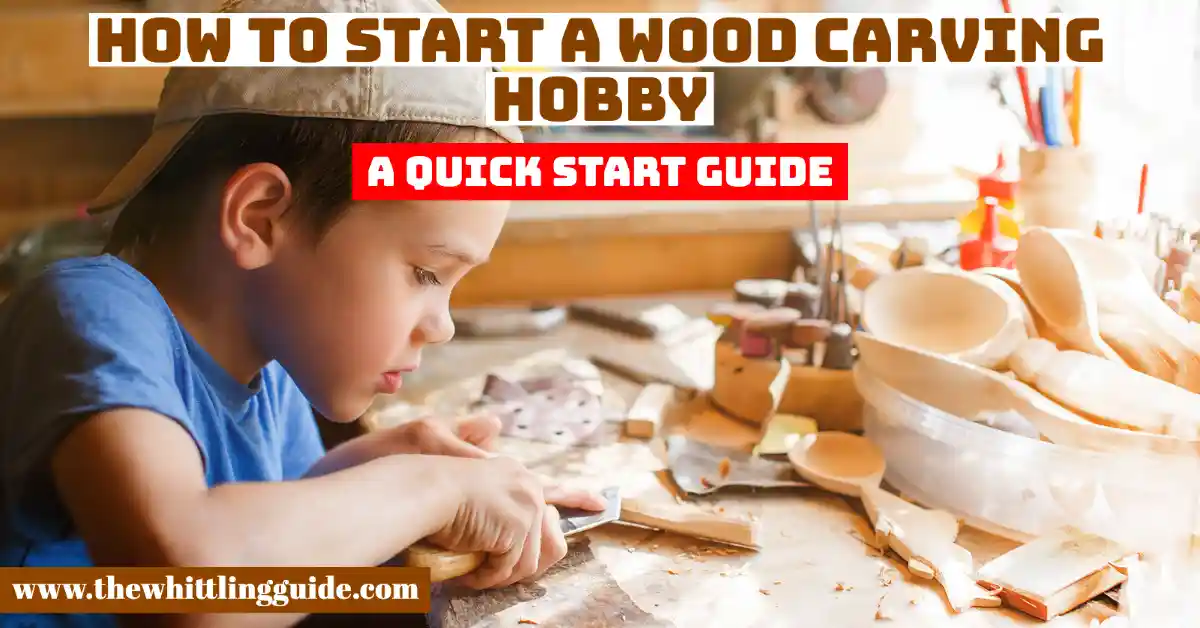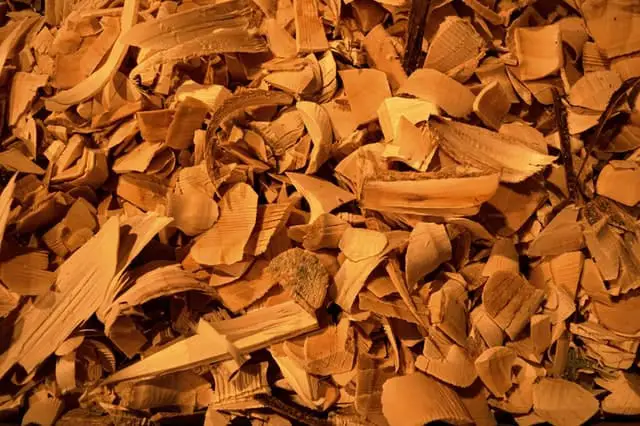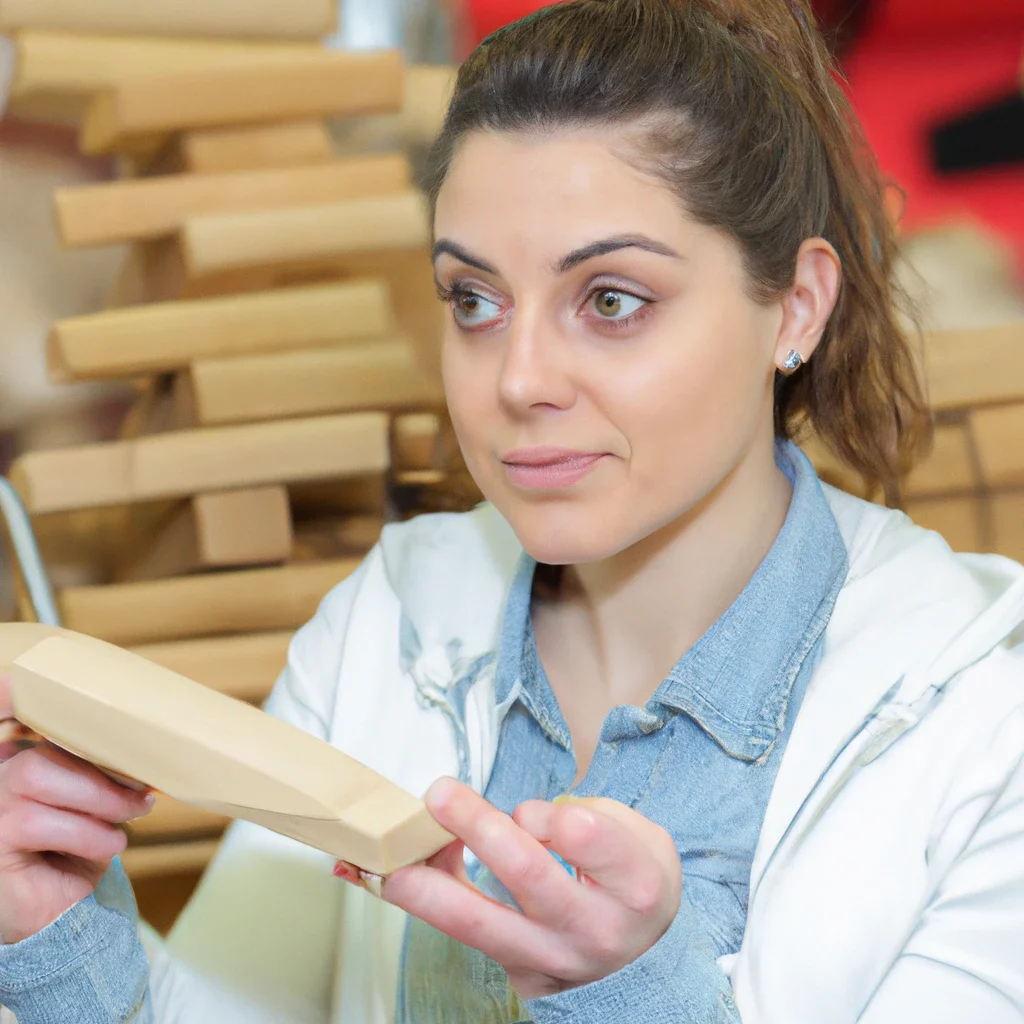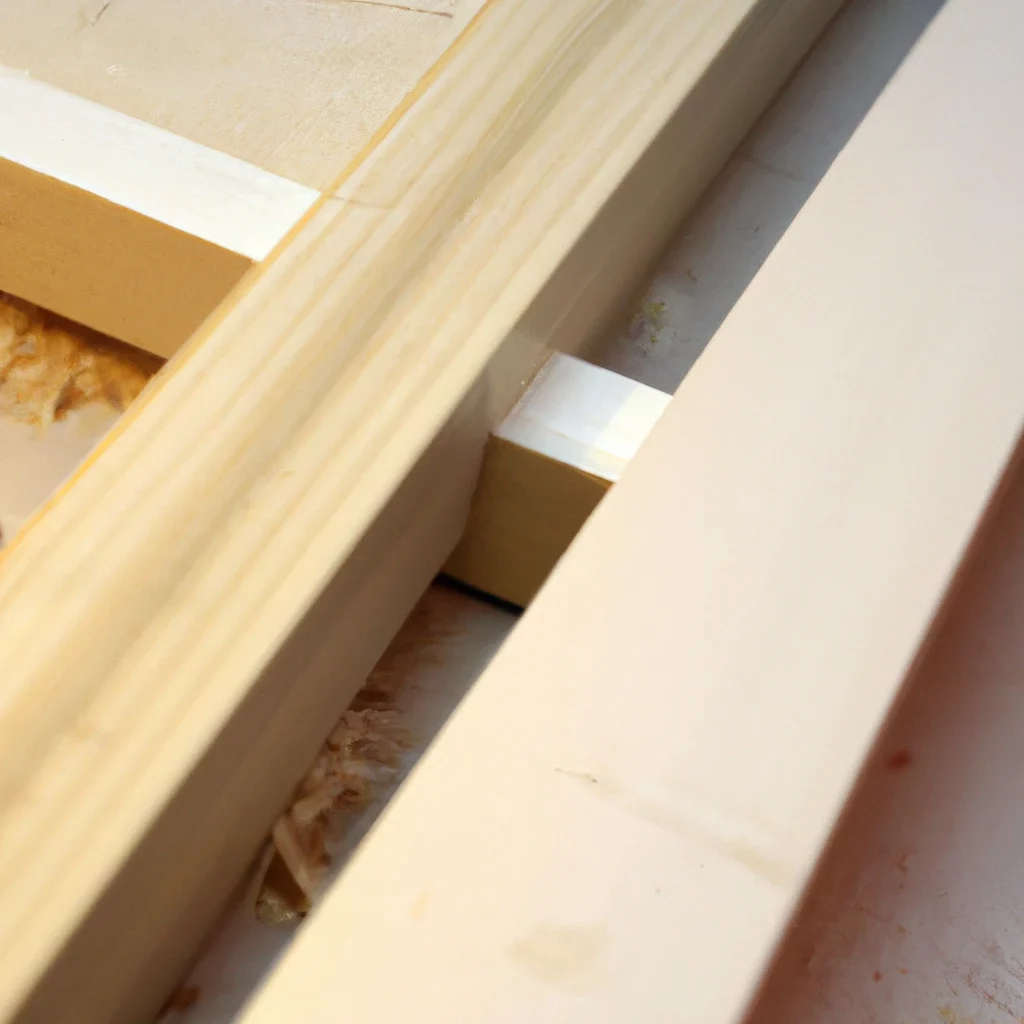
How to get started in wood carving
So you want to start a wood carving hobby, eh? Wondering how to start wood carving? Have you ever looked at a piece of wood and wondered how to turn it into something beautiful? Then, wood carving might be a hobby for you! Wood carving is a fun and rewarding activity for people of all ages.
Getting started in woodcarving can seem daunting, but anyone can do it with a few simple tools and a little practice! In this article, you’ll learn everything you need to know to start woodcarving, from choosing the right tools to selecting your first project.
Or you could keep your nose to the grindstone and become a professional woodcarver. The choice is yours.
Wood carving is one of the oldest hobbies that humankind has ever developed, and many people have practiced it for generations. A lot of work goes into mastering the craft of wood carving. Before you start carving, knowing what tools to use is essential. Clean your tools, sharpen your tools and prepare your workspace.

Essential Tools To Get Started (You Don’t Need To have them all)
- Chisels
- Mallet
- Plane
- Sandpaper
- Workbench
- Work stool
- Work light
- Work gloves (cut-resistant)
Finding the right tools requires understanding the carving you need, so you must resit and see the most common tools for the type of work you want to start.
Ask professionals or take a short course for you to get acquainted with the knowledge of carving. Listen to Youtube videos about wood carving and go and observe what other carvers do when working. Showing interest is a good start.
Find a place or a workspace big enough for carving. If it’s home, you must prepare a place where you will be working. Design the place and make it ready for work, whether in the garage, basement, or a stand-alone building.
Make sure you need a secure place for your tools to avoid the risk of misplacing and stopping work while you are trying to find the tools. Have at least one table, several clamps, essential, for example, wood glue, hammers, tape measure, speed squares, sandpapers, or sharpening stones in the working area.
If you have a room, you will need to keep it well-ventilated and ensure that it is secure enough to leave your work drying overnight and returning.
Selecting the suitable wood for carving
The type of wood to use depends on the work, and there is a lot to consider when choosing wood. It includes the type of finish you will be using etc.
Remember to take one step at a time. Warm up by moving slowly at first; that is, start small. Once you have set up your workspace and your tools are ready, it is vital to reign in your ambition, so try to do projects that will motivate you to go ahead. Start with small or set for yourself SMART goals.
Choose simple and easy tasks as you learn by following instructions and learning how to handle tools safely. Just like learning to drive, you will need to start by taking all precautions, following all the procedures, and every detail until you know everything. Starting small will help you to get the basics of workshop safety down.

Consider taking a miniature course or doing on-job training with professionals in wood carving. Also, you can access the internet or YouTube videos for tutorials on how to wood carve. These videos on YouTube will help your work become easy because you will need to copy just as you do with a Dremel tool that acts as a stencil.
Start by whittling wood to create statues and even centerpieces. Whittling can be done using a mere knife or V tools. Identify whittled wood pieces by looking for carvings with visible knife marks. Do not use sandpaper.
Identify and procure the tools and softwood to start with. Cheap tools will be the best because they will make starting inexpensive for you.
Sharpen your tools to prolong their lifespan. Before anything, one needs to familiarize with the tools and types of wood, at least try to understand how each tool works, and find out what can be made using a particular wood type.
You may need a CNC machine to help you cut wood and draw or formulate designs. The machines are easy to use and will help you cut wood the exact way you want.
All the types of wood carving are interesting and beautiful in their different form, and the wood carving types available to choose from for your hobby are as below:
Whittling
This is the oldest form of wood carving, distinct by its sharp textured cuts that leave knife strokes. Whittling usually makes angular sculptures, and you must use a cutting knife for whittling wood.
Relief Carving
This is a process of carving figures into the wood. You start with a flat wood panel and carve figures into it, leaving the back flat.
Chip Carving
Chip carving involves using a knife, a chisel, and a mallet. This essential wood carving tool consists of a blade about an inch and a half long, with a long handle designed for comfort, so it does not hurt your hand. The process consists in chipping away at a piece of wood. You can create intricate patterns on wooden plates and boards. This is available for about $20.
Learn how to handle a wood carving knife
Always strive to understand and learn how to handle the tools you use to reduce the risk of injuring yourself. The other best idea is wearing protective clothing when using sharp tools. Constantly nurse or service your tools to make your work easier. Master every technique needed to make your job comfortable
Carve along the grain
Determine the direction where the grain moves by carving a piece of wood out of a corner. Take note of the long dark streaks running through the wood. This will help you to work the wood with minimum risk of breaking.
Sketch out the woodcuts
Always draw or sketch up your plan on paper, which will help you minimize the risk of getting your work wrong. Use a ruler and pencil to sketch. As a beginner, start with 2d projects, for example, engraving letters. Always practice doing the basics in wood carving, and practice makes work perfect. Inexpensive materials will get you started well.

Practice with scrap wood
Practice with scrap wood to familiarize tools with the type of wood and tools—cutaways from your body to reduce the risk of cutting yourself. Use sharp tools to make your work perfect.
Hold the tools correctly.
- When using a knife, grasp the wood with your weaker hand, keep the hand behind the tool’s blade, and carefully press your thumb against the blunt side of the tool to help control it.
- When using a gouge, hold the handle in the palm of your dominant hand while steadying the shaft by pinching it between your strong hand’s thumb and index finger.
- Control the direction of the carving tool with your wrist and not your elbow
Carve along the grain
Make your cuts along the grain instead of working against it. Examine the wood and find the long, parallel lines running through it. The lines may run parallel or not but to the sides of the board. Carve in a downward direction onto the grains or diagonally.
Wood Carving For Beginners: Essential Tips on How to Get Started | Udemy Blog
Investing more time in wood carving is the other best idea to make it a hobby. Take time to go to seminars and competitions of woodcarvers. Go for exhibition trips and gatherings where you can show your work to the world and try to affiliate with a group of people who are also into wood carving. You may also benefit from knowing How to Remove Stickers from Wood. Finally, planning makes all the difference. We recommend checking out Our Favourite Wood Project Planner.
- Pyrography Techniques for Beginners: Textures and Shading - January 23, 2024
- Troubleshooting Jointer Issues: Why is Your Jointer Not Flattening Wood? - October 11, 2023
- Unlocking the Secrets of Jointing to Increase Width - September 29, 2023